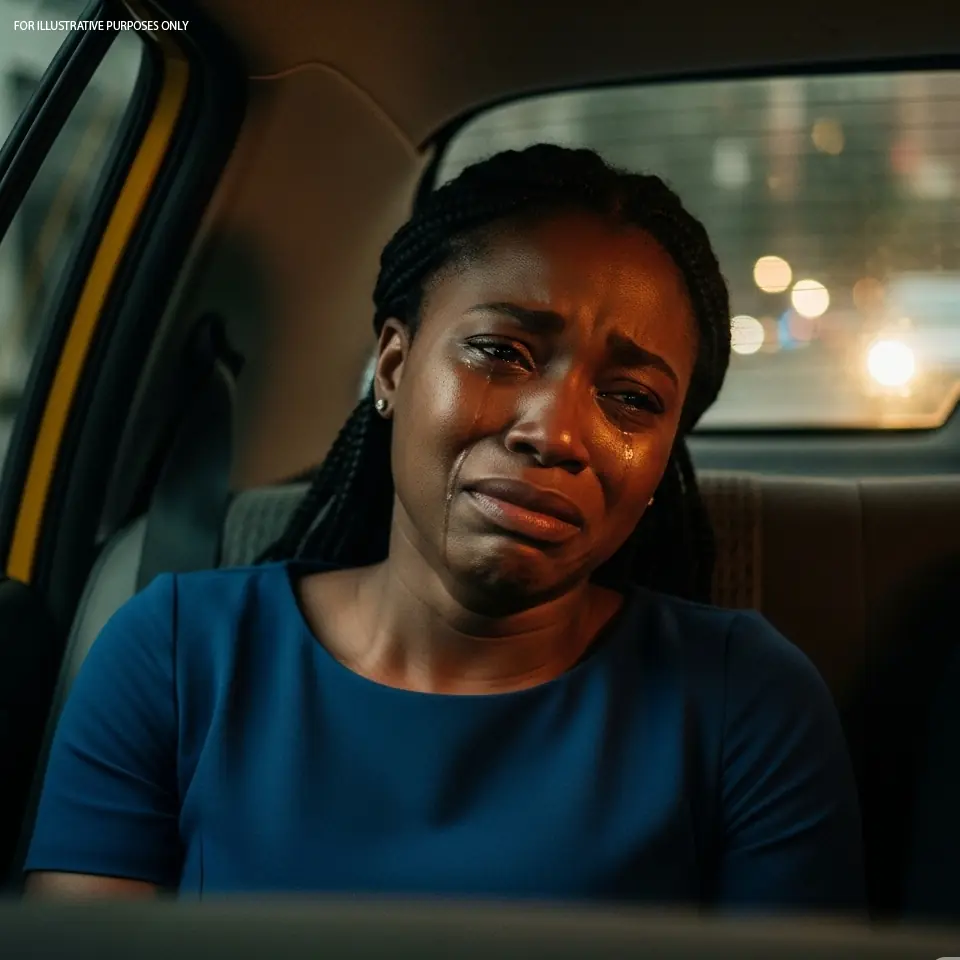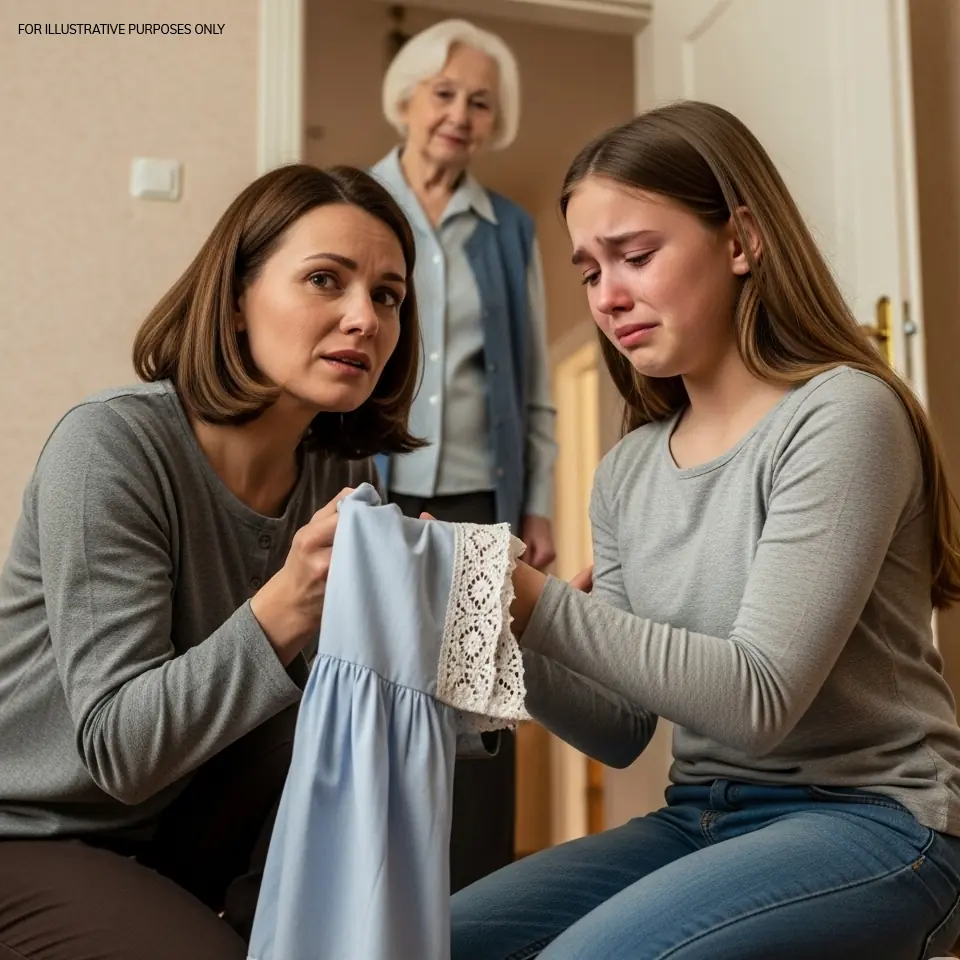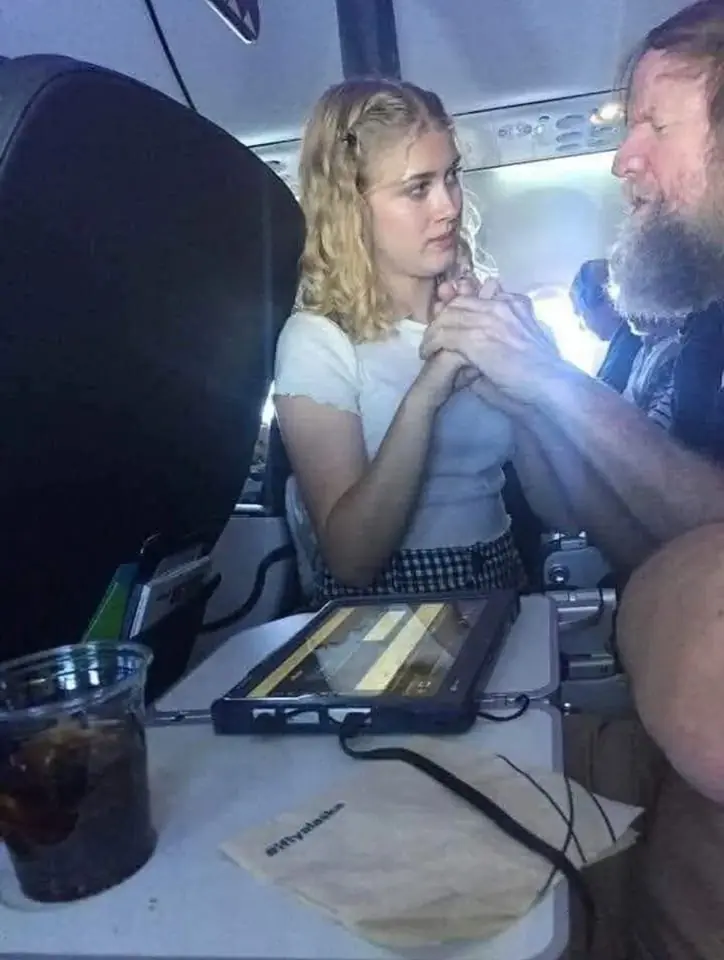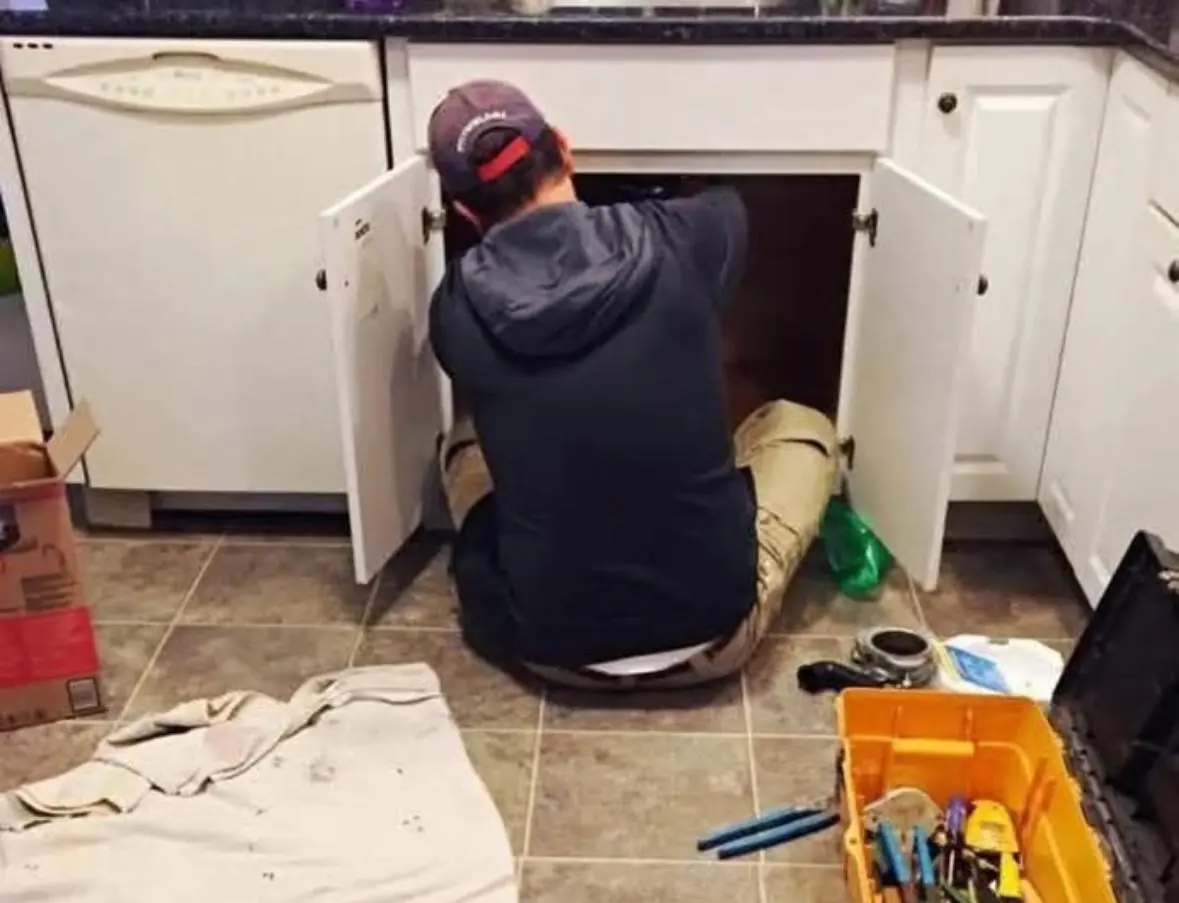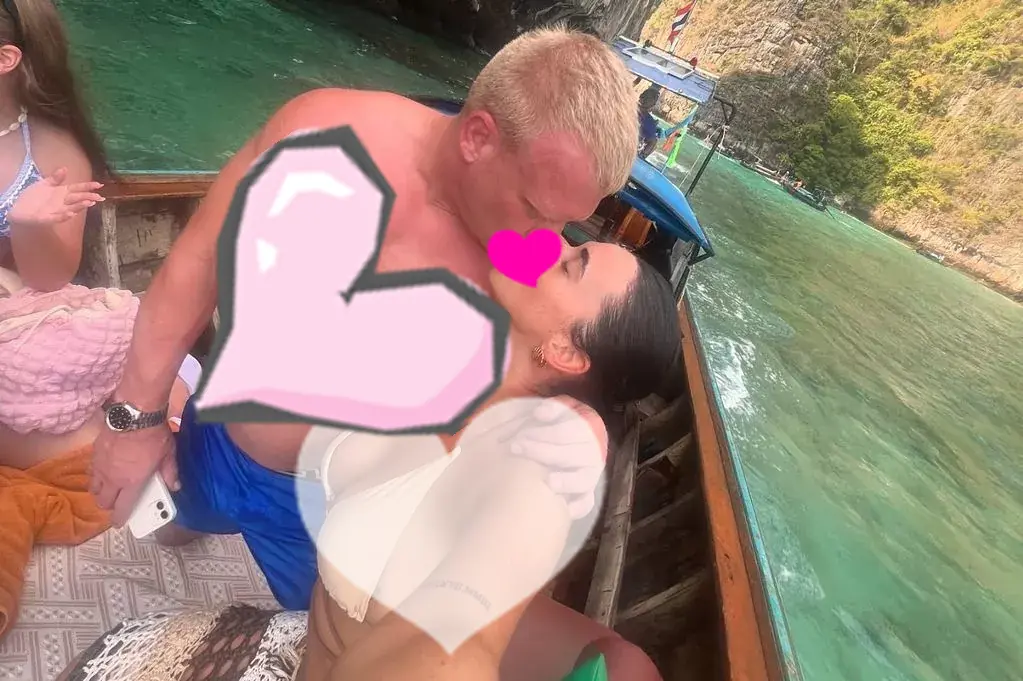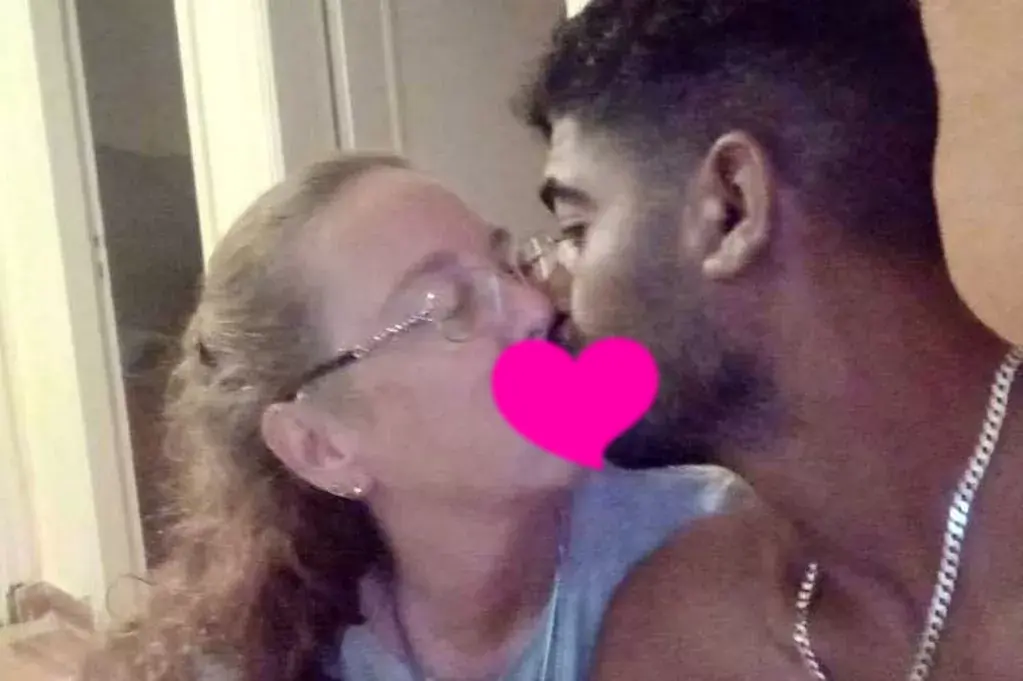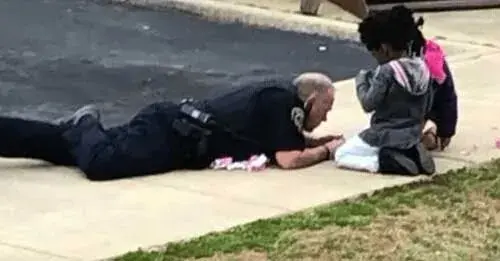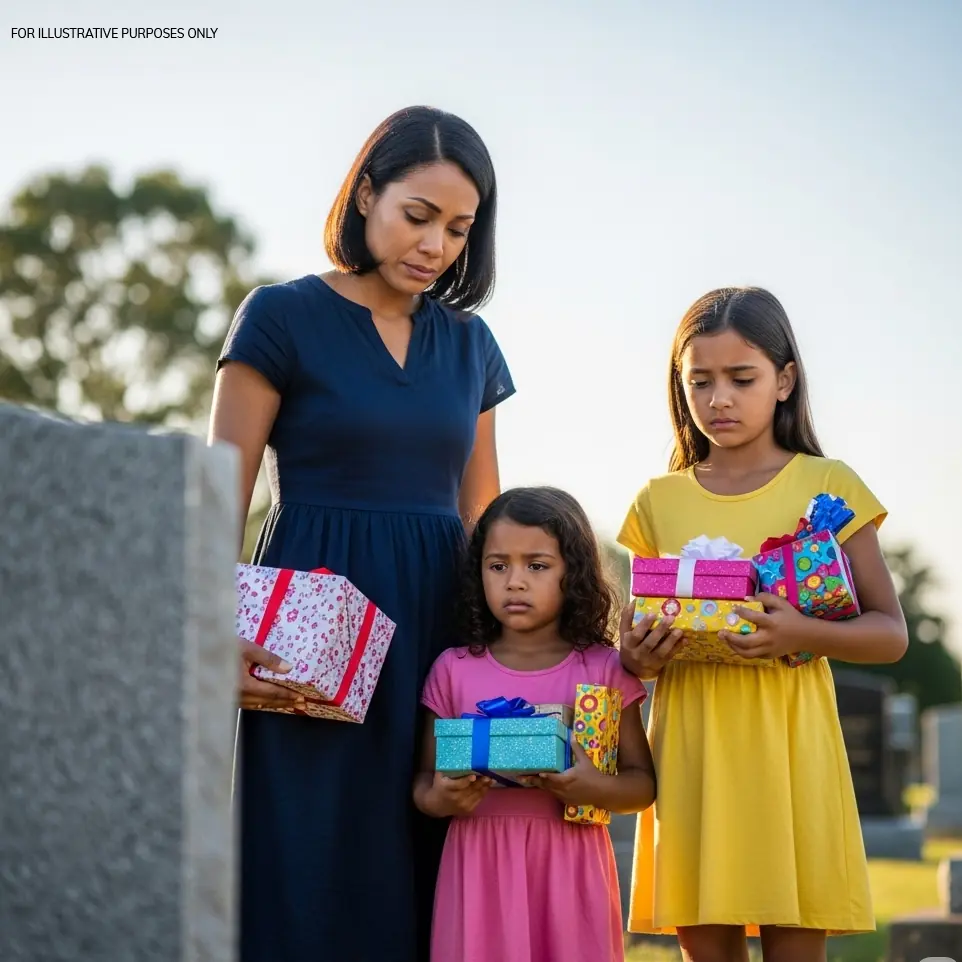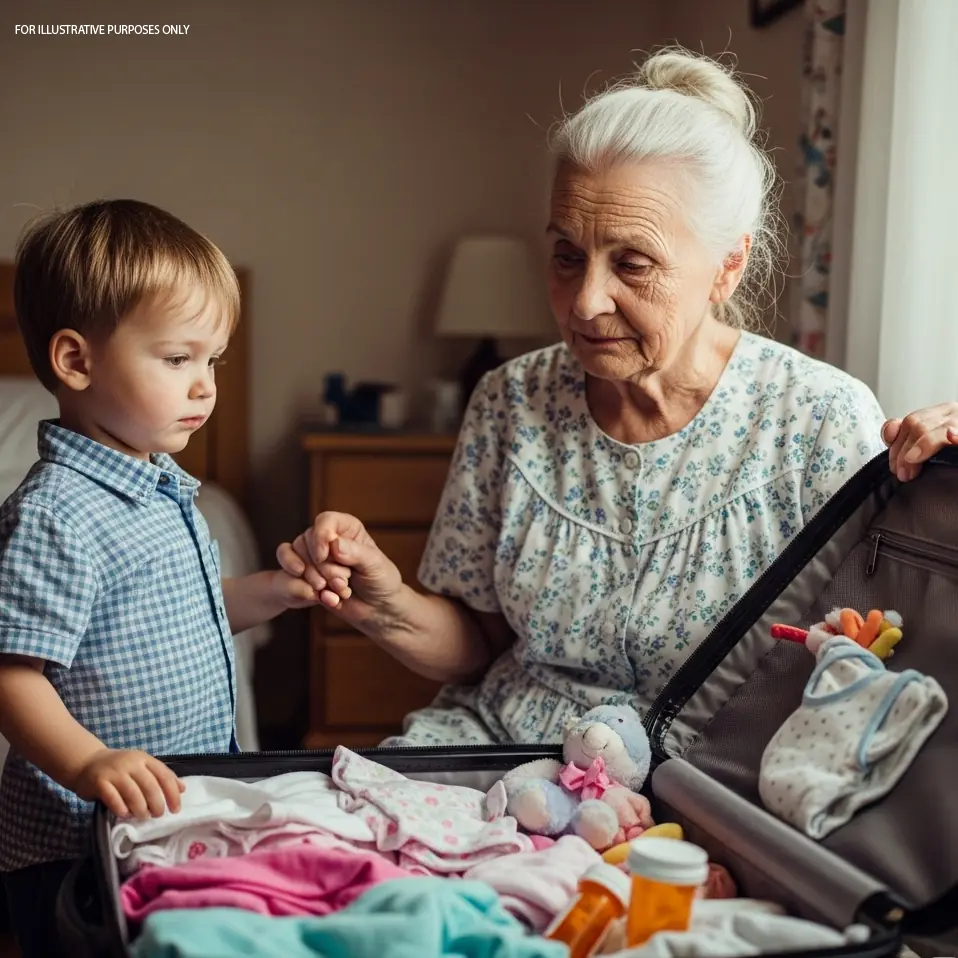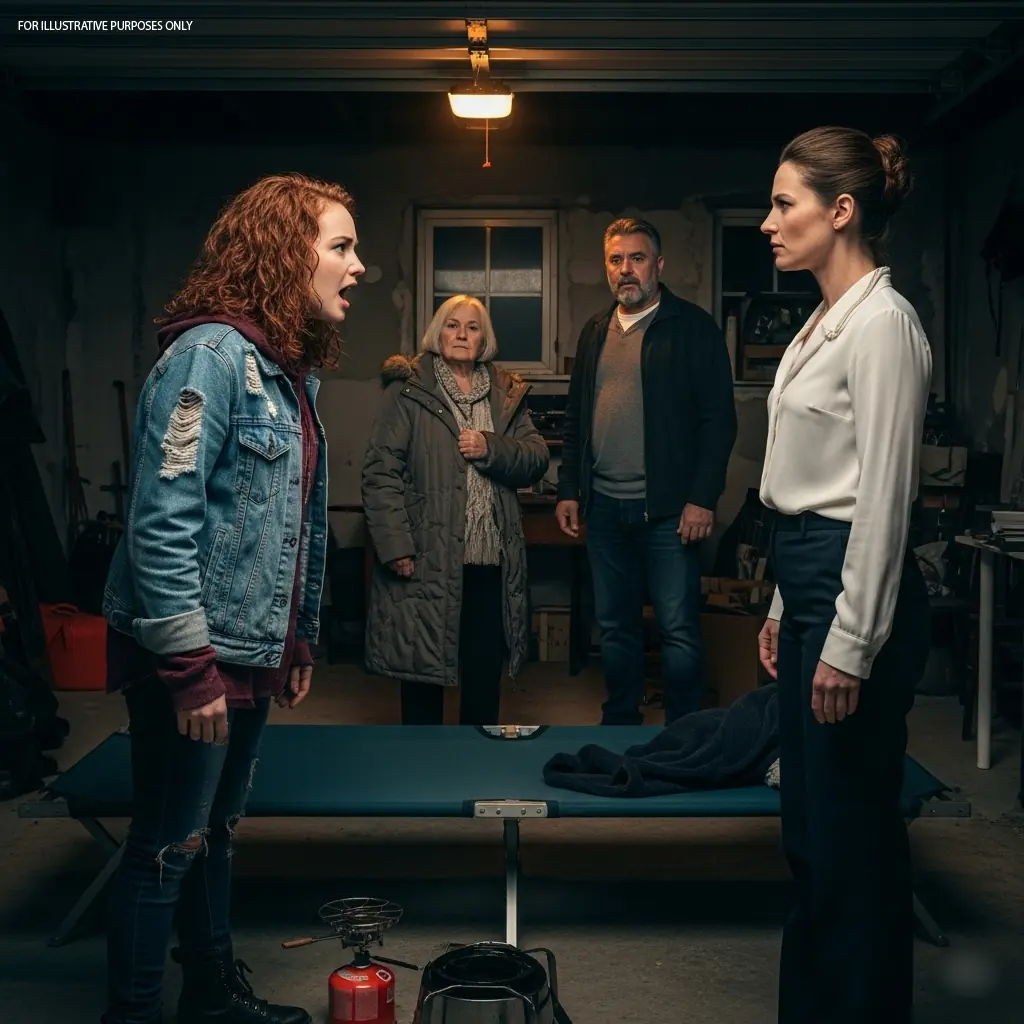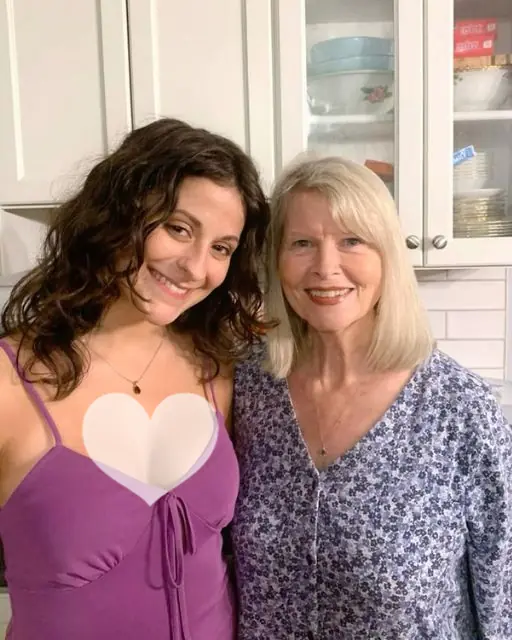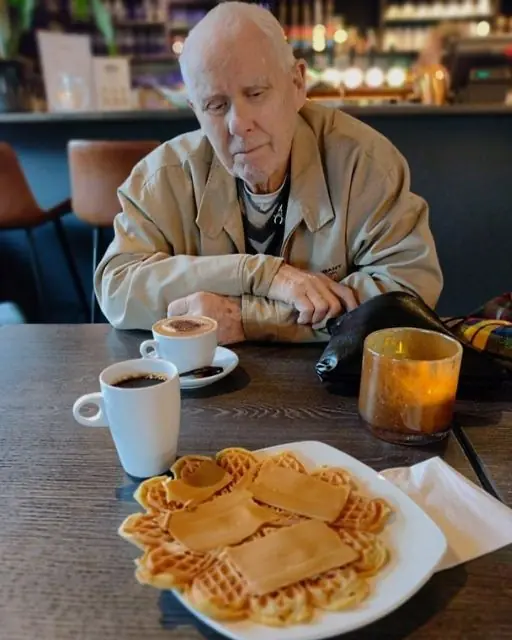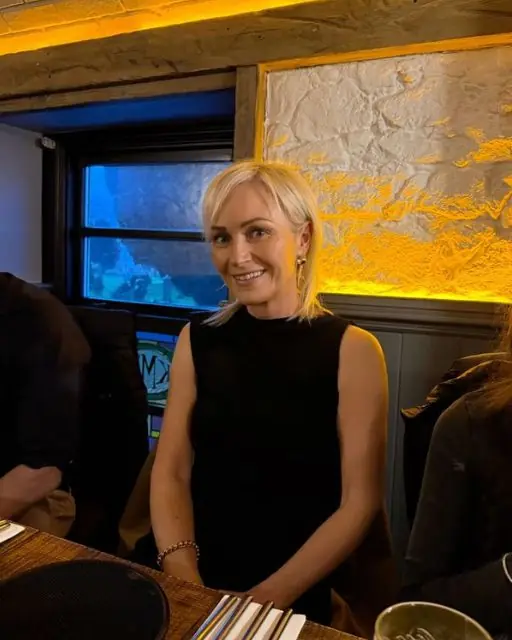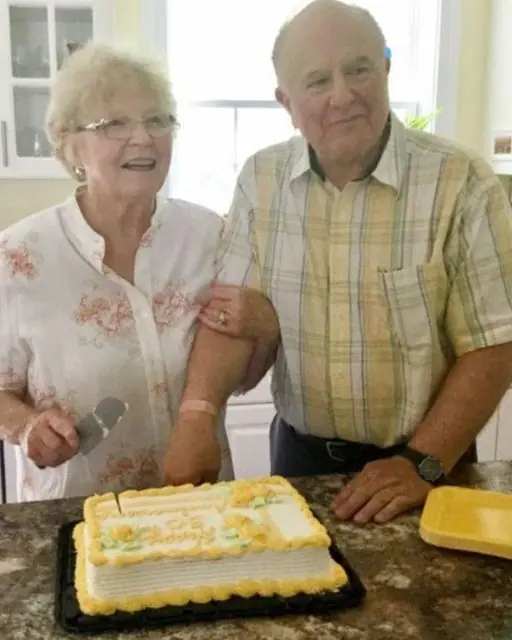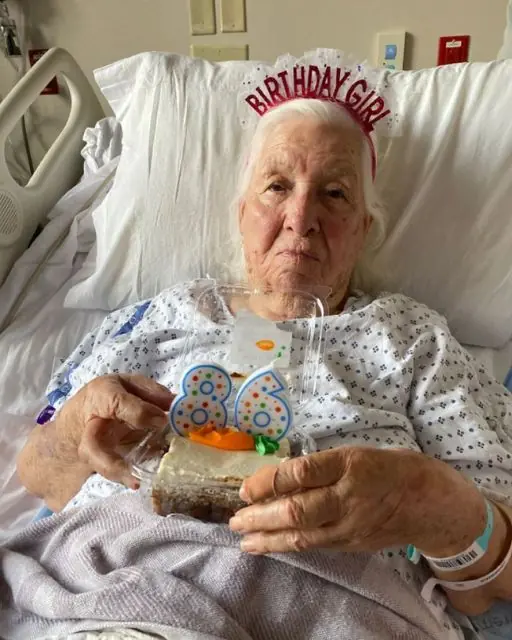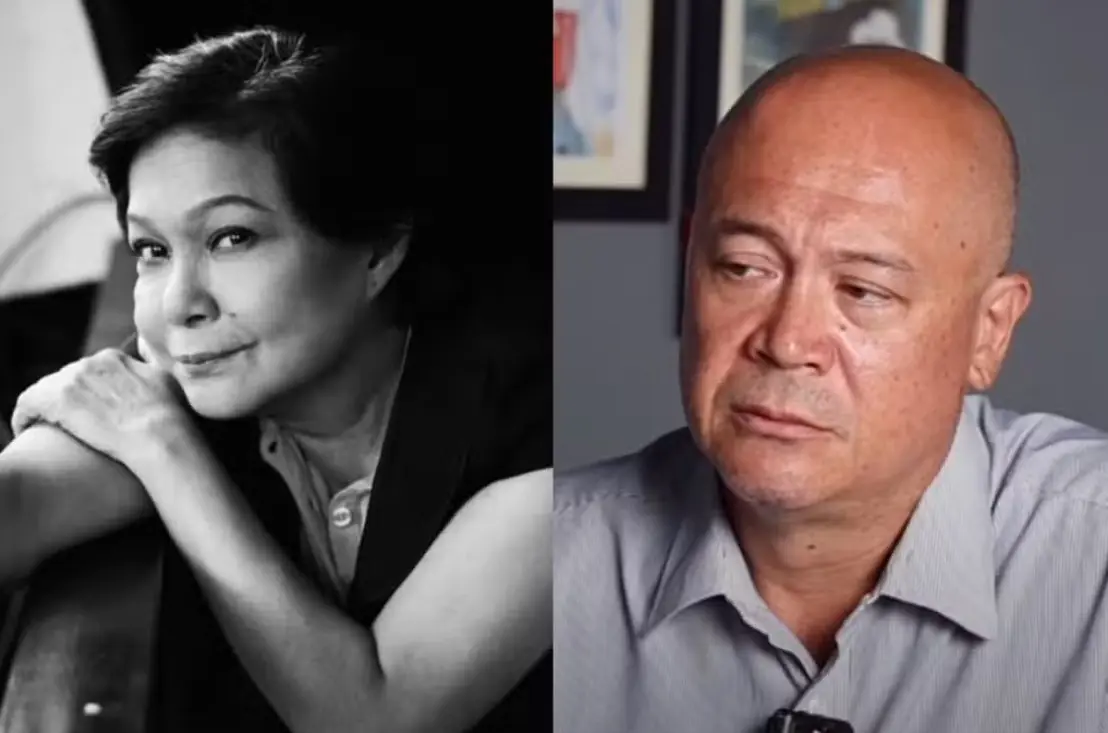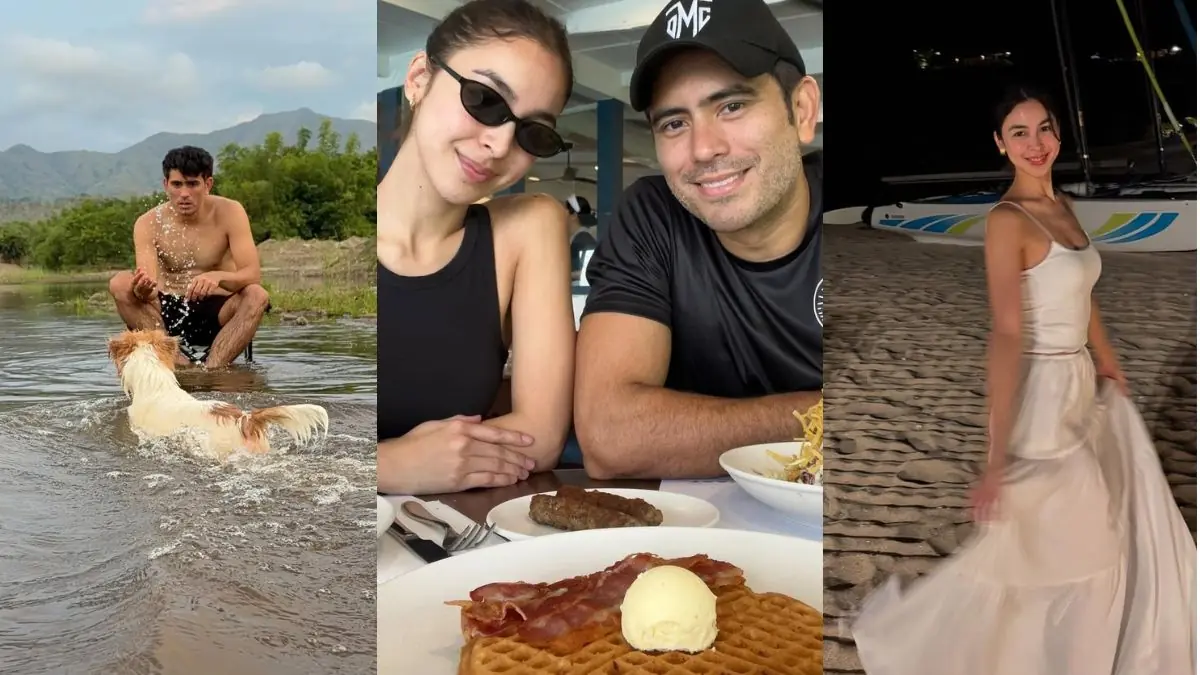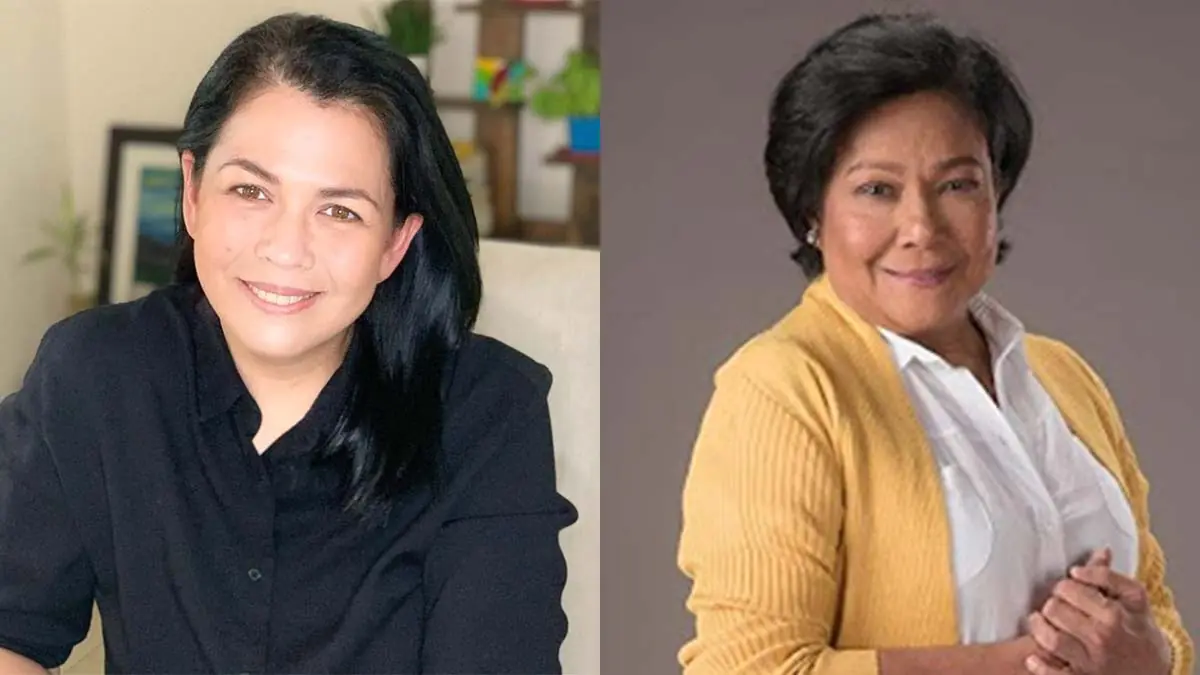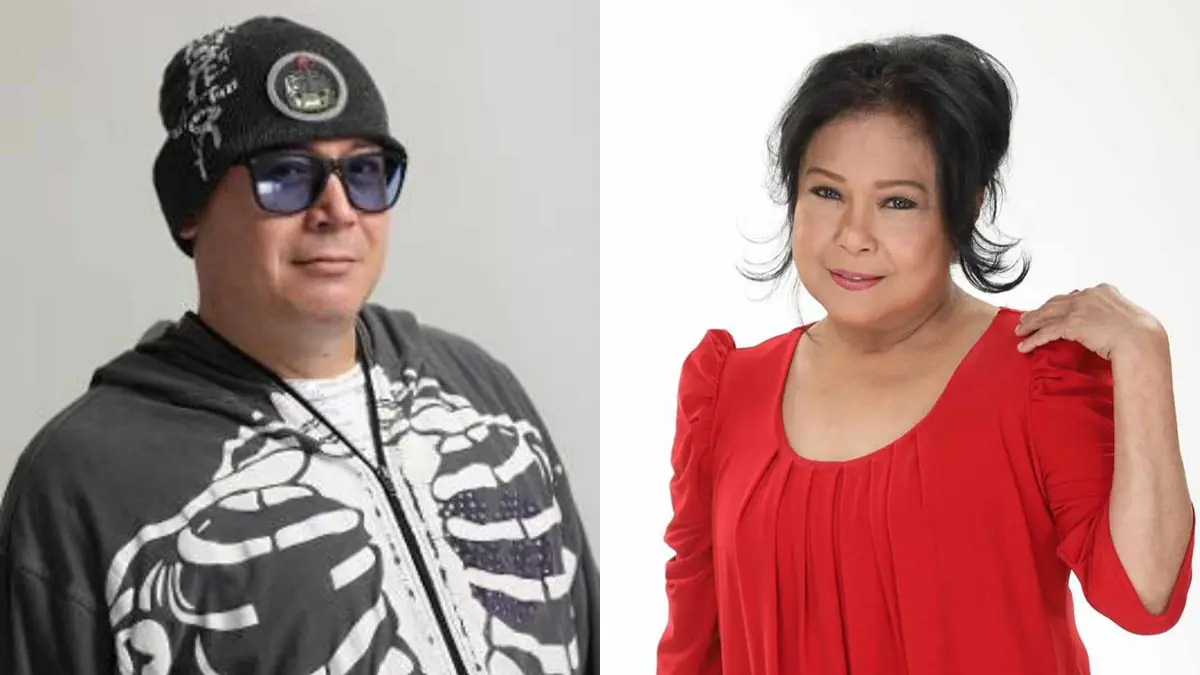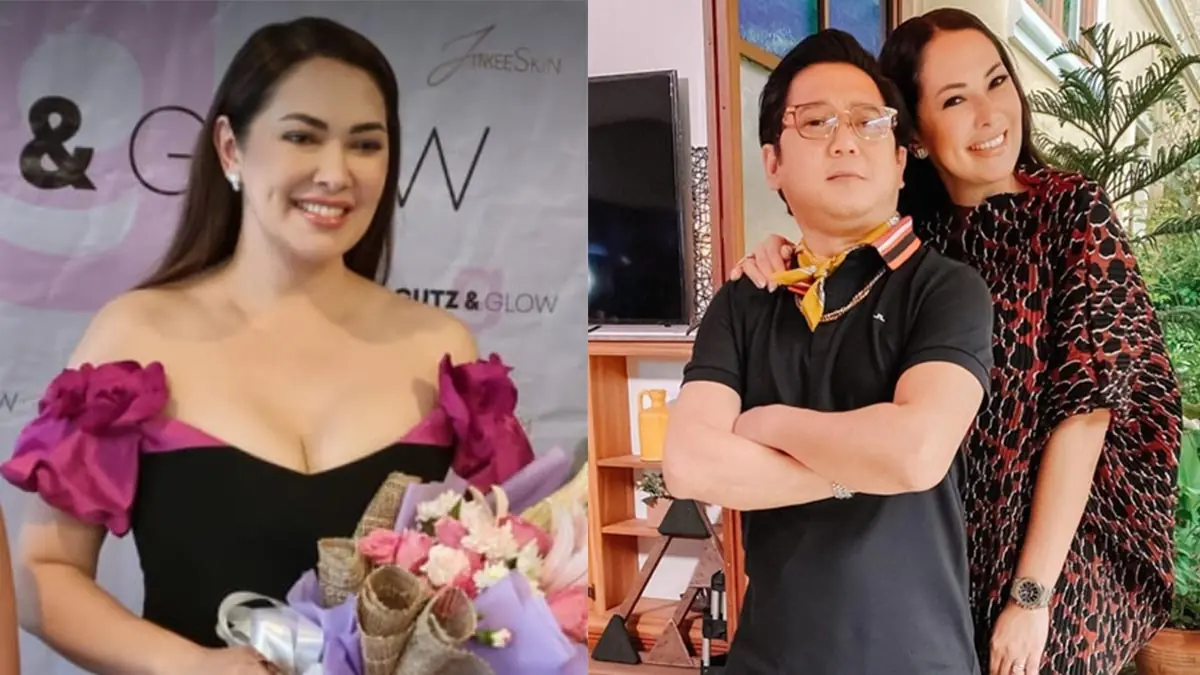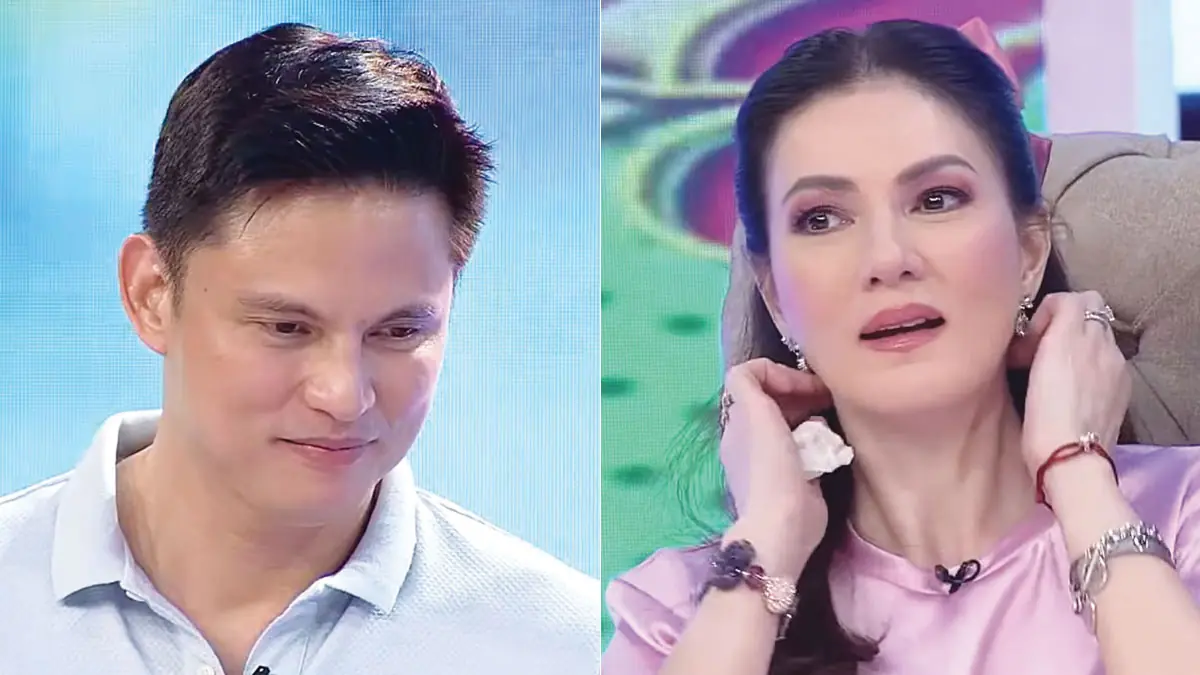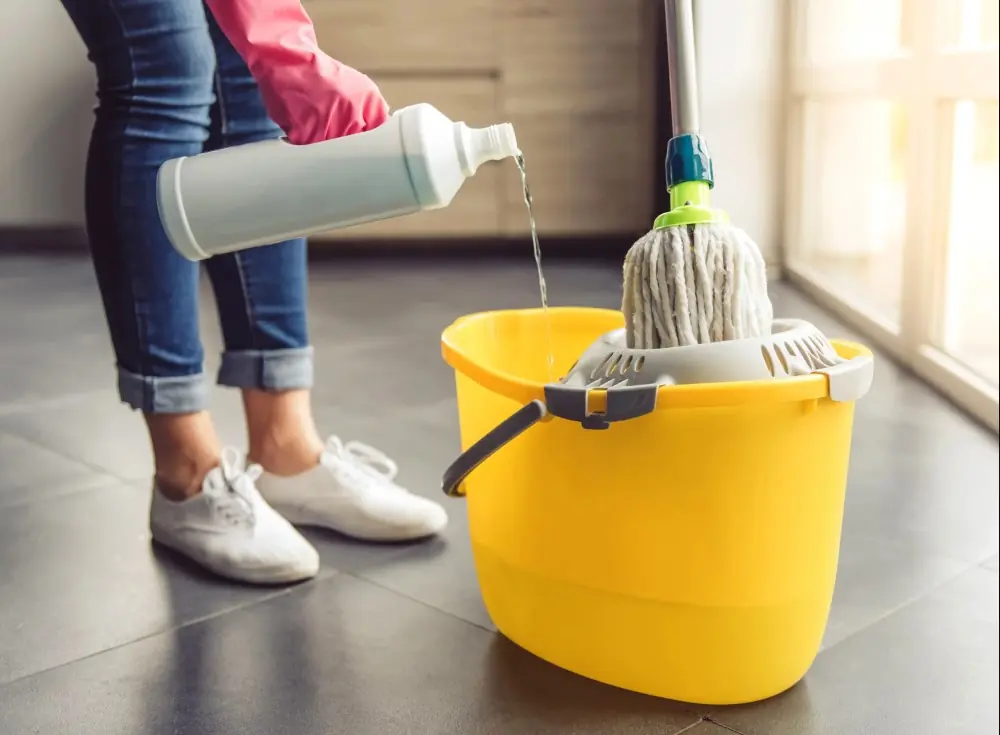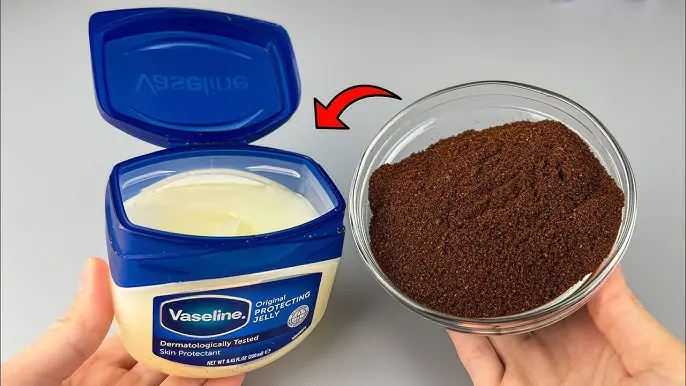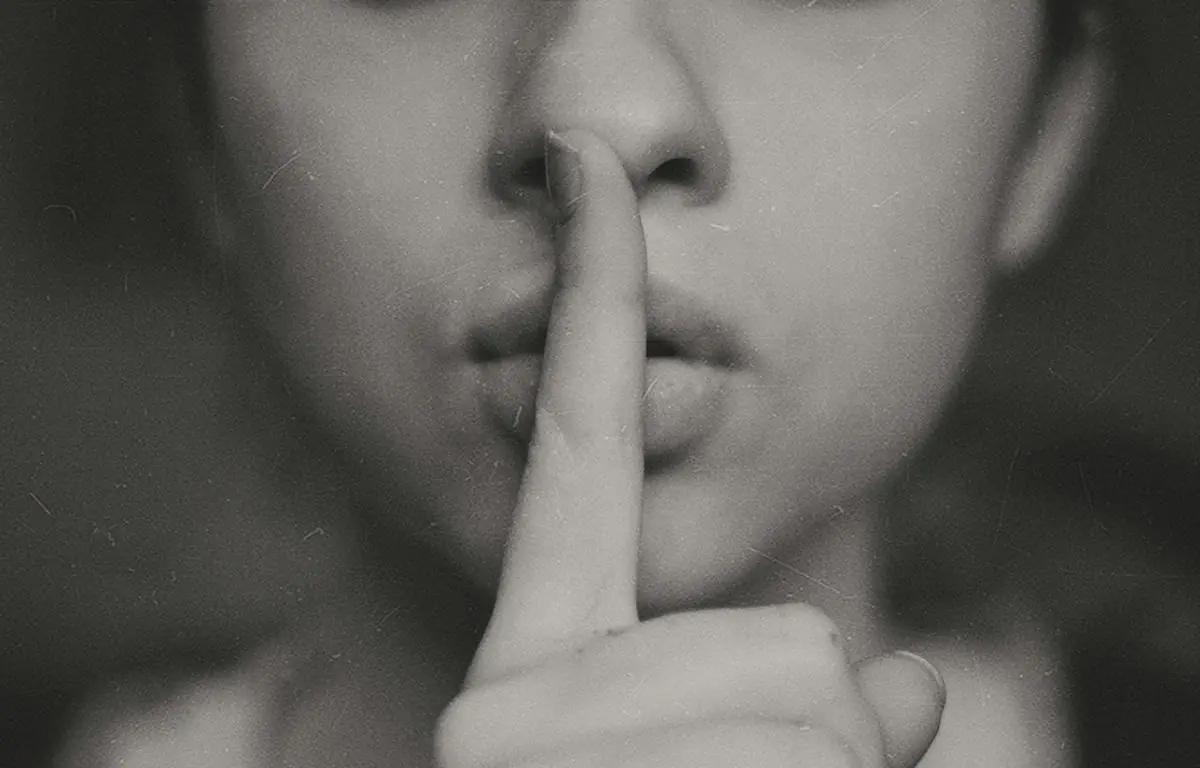When Jessie is linked to a mysterious museum break-in by a single puzzle piece, she embarks on a tense journey with the chief of police to uncover forgotten memories, hidden secrets, and her own identity. A story of suspense, trust, and revelation unfolds

The chief’s office was more intimidating in the daylight, though its heavy oak desk and thick leather chairs were the same. I found myself back there the next morning, compelled by a mix of fear and unresolved questions. The puzzle piece lay between us once again, but now, there was something else—something unspoken hanging in the air between me and the man who held so much power over my fate.
Chief Reynolds was a man of few words, but his presence was commanding. Tall, with streaks of gray at the temples and eyes sharp like a hawk’s, he was the kind of man who rarely let his emotions show. Yet, when he looked at me, I saw something else—an intensity, an almost personal investment that unsettled me.
“Jessie,” he said, leaning forward, “I know this isn’t easy. But you’re the only one who can help us make sense of what’s happening. Your memory—whatever you do or don’t remember—is key.”
I swallowed, my throat dry. “I want to help,” I said, though part of me feared what that help would require.
He nodded. “Good. We’re not just dealing with a break-in or a missing artifact here. This puzzle piece… it’s tied to something much bigger. Something that could shake this city to its core.”
His words sent a chill through me. I glanced down at the black piece, feeling its cold, smooth surface. “What exactly is it?” I asked, though I was afraid of the answer.
Reynolds sighed and reached into a drawer. He pulled out a thick file, yellowed at the edges, filled with photos, reports, and cryptic notes. “The museum break-in was the latest in a series of events. Items missing, odd occurrences—people who’ve disappeared under mysterious circumstances. We think the puzzle is a code, or a map, leading to something valuable… or dangerous.”
He paused, searching my face for a reaction. “And you—somehow—are connected.”
I shook my head, desperate to believe it was all a mistake. “I don’t know how,” I whispered.
Days turned into weeks. I was no longer just Jessie, a quiet woman with a routine life. I was a suspect, a puzzle piece myself, pulled into a mystery far beyond my comprehension.
At work, whispers floated behind my back. Colleagues glanced sideways, their expressions a mix of pity and suspicion. The museum incident was now a topic of hushed conversations. Every glance felt like a judgment, every word laced with doubt.
And then there was Reynolds.
He wasn’t just the chief of police. He was my superior at the precinct, the man who held the authority to make my life a living nightmare or offer a lifeline.
Our relationship was complicated. We’d worked together for years, and beneath his stern exterior was a man who valued justice—sometimes more than politics or appearances. But this case tested him, and I felt the pressure in every interaction.
Our meetings grew longer, filled with questions and theories. He pushed me to remember, to dig deeper into the recesses of my mind. Sometimes, his calm, patient voice was comforting. Other times, it felt like a weight pressing down on my chest.
One evening, after a particularly grueling session, he said quietly, “Jessie, this isn’t just about the puzzle or the museum. It’s about you—who you are, where you’ve been, and what you’re capable of.”
I looked at him, searching for reassurance. “But I don’t remember. How can I be part of something I don’t even know?”
He leaned back, fingers steepled. “Memory can be a tricky thing. Sometimes, we hide what we don’t want to face.”
His words echoed in my mind long after I left his office. Was I hiding from myself? Or was something else at play?
Nights became battles with my own mind. Sleep was elusive. Dreams—vivid, fragmented—haunted me. Faces blurred in and out, voices whispered secrets I couldn’t quite grasp. The puzzle piece lingered in my thoughts like a riddle demanding to be solved.
I began visiting the museum daily, retracing steps, watching security footage, talking to staff. Each visit revealed new clues, but also new questions.
At home, I dug through old photos and letters, searching for connections. I found nothing concrete, only gaps—blank spaces where memories should have been.
One afternoon, Reynolds came with me to the museum. Standing amid the artifacts, he spoke softly, “Sometimes, the past isn’t just something you remember. It’s something you live with, even if it’s buried deep.”
We examined the puzzle again, and for the first time, he showed me the bigger picture—a faded blueprint hidden beneath the glass. “This puzzle isn’t just a game,” he explained. “It’s a map to something hidden—something powerful.”
I traced the lines with my finger, feeling a strange familiarity.
As the investigation deepened, tensions at the precinct rose. Some officers whispered about my involvement, doubting my innocence. Others stood by me, trusting in my integrity.
Reynolds shielded me from the worst, but even he faced pressure. The mayor wanted results. The media smelled scandal. Every step forward brought new scrutiny.
One day, a colleague confronted me in the locker room. “Jessie, if you’re involved, just admit it. We can’t have someone on the force who’s a suspect.”
I stared at him, fury rising. “I’m not that person.”
But the seed of doubt was planted.
Reynolds and I shared moments of quiet understanding. Late nights in the office, we poured over evidence, our conversations growing more personal.
He told me about his own struggles—the burden of responsibility, the fear of failure. I shared my fears and confusion, my hope for clarity.
One evening, he said, “Whatever happens, Jessie, you’re not alone. We’ll find the truth together.”
His words gave me strength. In the darkness of uncertainty, his steady presence was a beacon.
Slowly, fragments of my past surfaced. A distant relative, a forgotten childhood event, a secret family connection to the museum’s mysterious collection.
With Reynolds’ help, I uncovered old records and met with historians and cryptologists. The puzzle piece was part of an ancient artifact, linked to a lost treasure hidden beneath the city.
But danger lurked close. Someone was watching, trying to derail our progress. Threatening messages arrived, warnings to stop.
The final piece of the puzzle was found in an abandoned underground tunnel beneath the museum. Reynolds and I led a small team into the shadows, uncovering a hidden chamber filled with artifacts and secrets.
Inside, I found answers—not only about the puzzle but about myself. My family’s history was intertwined with the museum’s mysteries. My memories weren’t lost; they were protected.
Reynolds looked at me, pride and relief in his eyes. “You did it, Jessie.”
I smiled, feeling whole again.
The case closed, my name cleared. Reynolds and I grew closer, bonded by the trials we faced.
I had come into the investigation as a stranger to my own life, but emerged a woman who understood her past and embraced her future.
The puzzle piece was no longer a symbol of confusion but of triumph.
